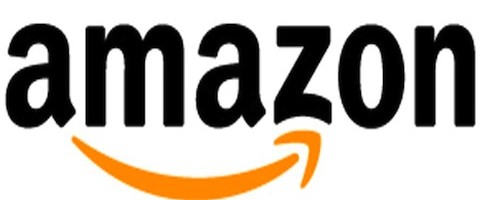Same network effects responsible for Amazon’s rise might lead to its undoing

Amazon is the original two-sided marketplace. While Amazon’s initial model involved warehouses and stocking every book in history, Amazon really took off when it became the internet’s primary storefront. I acknowledge that Amazon still has lots of warehouses and many key products still say “Ships from and sold by Amazon.com.” That said, the company’s growth really took off when other sellers were able to move their goods through Amazon’s platform. This move solved the classic chicken and egg issue and consumers came in droves. While these indirect network effects have allowed Amazon to become a thriving business, its current scale prevents it from being good at anything specific while trying to be everything to everyone.
Indirect network effects enabled Amazon’s rocket-speed growth
Amazon sits between its end consumers (e.g., you and I looking for cheap wires and electronics) and merchants (everyone from official sellers on Amazon.com to Amazon marketplace). Consumers are not interested in buying from Amazon until there are enough products available, which usually means enough retailers present. Once the users arrive, retailers double down and show up even more. The two sides feed each other with Amazon taking a margin on each item sold.
Amazon’s value-add in this equation is more or less keeping order. Every Amazon product page looks roughly the same. Four bullets describing the product. Pictures on the left hand side. Amazon keeps all of its merchants on a short lease and requires compliance with strict operating metrics as well. Amazon’s role in this market is critical, which is why other players have been unable to disintermediate Amazon.
Direct network effects accelerated growth
Looking at the consumer side, Amazon also proved its worth with key innovations that created direct network effects out of thin air. In traditional retail environments, the direct network effects are fairly limited. Maybe you see someone pick up a shirt and you decide to check it out too. With ratings and reviews, Amazon took what everyone was thinking and put it in a digestible format. Products with lower than four star ratings rarely last. Any products worth your time has at least 50 reviews. These ratings and reviews along with meticulously tracking people’s movements on the website led to predictive analytics. Folks that bought your product also tend to buy these six things. Genius. A whole world of direct network effects that basically didn’t exist prior to Amazon’s handy work suddenly changed the game.
Amazon’s size could prevent it from ever truly mastering its craft
Amazon has enjoyed unprecedented growth for many years, but that size could make it difficult to really master the art of retail. Look at Amazon Fresh. Having exhausted most other product categories, Amazon turned toward grocery. By providing products that people replenish on a weekly basis, Amazon is hitting your doorstep that much more often and getting a bigger share of wallet. So how has it gone? Not so well. Amazon has been at the grocery game for almost two years and still doesn’t have any major wins to show for it. Perhaps the same store consistency that drove its growth before is actually hindering it now. Maybe grocery shoppers want more than five bullets and some photos.
How about apparel? Again, Amazon is making a big push into clothing yet it hasn’t really taken off. This has to be in large part because the ingredients for success in apparel ecommerce are not present in Amazon’s current setup.
If Amazon is to continue its run, it will have to consider changing its approach. Perhaps the site within a site route will make sense for some categories. While Amazon’s growth to date has been enabled and accelerated by powerful network effects, its future will depend on the ability to specialize and adjust.



Great post Jon! I think your point on apparel is spot on. It is really interesting to see what Amazon has done with Zappos. Acknowledging that Zappos’ user interface is much better than Amazon.com for shoes, Amazon decided to keep the customer side the same and only integrate the logistics. It will be quite interesting to see how Amazon adapts its simple page views to handle new categories in apparel.
“Amazon’s undoing” may be a bit hyperbolic, but it is true that they cannot be the best shopping resource for all verticals. Produce and apparel have characteristics that just make it harder to succeed on Amazon’s platform. They’re definitely exploring all areas for growth.
I’m very interested to see if/how Amazon Flex disrupts the delivery industry.